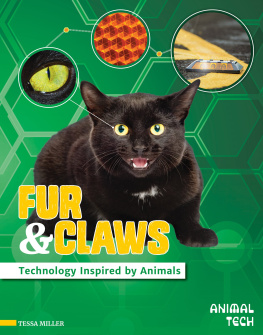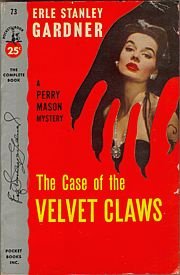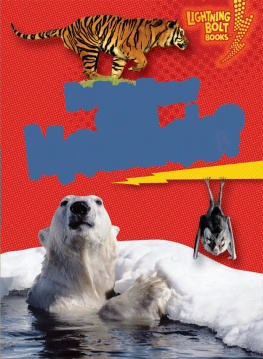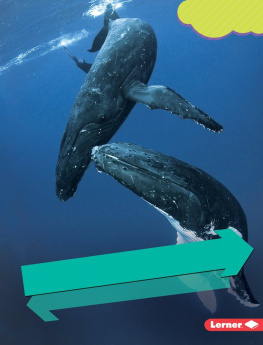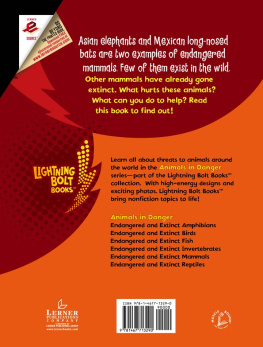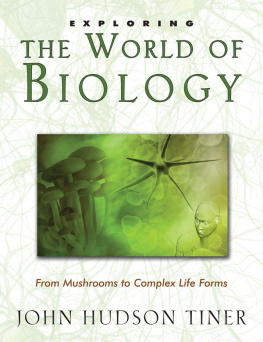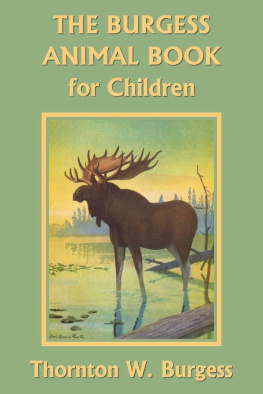
FuR &
ClaWs
Tessa Miller
PRESS

Fur & Claws
Animal Tech
Copyright 2019
Published by Full Tilt Press
Written by Tessa Miller
All rights reserved.
Printed in the United States of America.
No part of this book may be reproduced in any manner whatsoever without written permission,
except in the case of brief quotations embodied in critical articles and reviews.
Full Tilt Press
42982 Osgood Road
Fremont, CA 94539
readfulltilt.com
Full Tilt Press publications may be purchased for educational, business, or sales promotional use.
Editorial Credits
Design and layout by Sara Radka
Edited by Renae Gilles
Copyedited by Kristin J. Russo
Image Credits
Getty Images: background, cover, Blend Images, 27, DigitalVision, 25, 29, 30, EyeEm, 3 (cat), 13, 18, 26, 29
(detail), 35 (detail), EyeEm Premium, 15, georgeclerk, 31, iStockphoto, 1, 3 (syringes), 3 (sheep), 4, 6, 7, 8,
10, 11, 11 (detail), 14, 16, 17, 19, 20, 21, 22 (detail), 22, 23, 23 (detail), 24, 28 (detail), 28, 32, 34, 34 (detail), 40
(detail), 43, 45, kokouu, 5, Moment RF, 3 (polar bear), 12, 35, 44; NASA, 37, 39, 41; Newscom: imagebroker/
Rolf Nussbaumer, 36, Jonathan Alcorn/ZUMAPRESS, 33, NHPA/Photoshot, 10 (detail), Ringo Chiu/ZUMAPRESS,
38, Science Photo Library, 9, WENN.com, 42; Shutterstock: cover, 40, 41 (detail); Wikimedia, 16 (detail)
ISBN: 978-1-62920-739-1 (library binding)
ISBN: 978-1-68452-127-2 (eBook)
PRESS

CoNtEnTs
Introduction ...................................... 4
Fur with Burs & Velcro ...................... 6
Polar Bears & Fabric ....................... 12
Cats Eyes & Road Reectors ..........
Porcupine Quills &
HypodermicNeedles ......................
Bones & Buildings ........................... 30
Gophers &
Drilling Machines on Mars ............. 36
Conclusion ....................................... 42
Activity ............................................ 44
Glossary ........................................... 46
Read More ........................................ 47
Index ................................................ 48

4 Animal Tech
Scientists searching for ways to improve
hypodermic needles are looking at
porcupine quills for inspiration .

species : a group of plants or animals with similar features
diversity : variety ; the state of being made up of many dierent things
technology : tools and knowledge used to meet a need or solve a problem
vaccine : a medicine that protects people against a disease
InTrOdUcTiOn
There are more than 5,000 species of mammals on Earth .
Mammals are animals with fur . They have live babies they
nourish with milk . They can y , swim , run , crawl , jump , and
hover . Some can even lay eggs . This diversity is why scientists
often look to mammals for ideas . They use these ideas to help solve
problems and create new technology . This is called biomimicry .
Bio means life . Mimicry is when you copy something else .
Mammals have inspired advances in all elds of technology .
By studying animals , Doctors have improved vaccines . Mammal fur
has helped make man-made fabrics warmer . Robotic arms have been
improved by studying elephant trunks . Scientists also study people
to improve technology . By studying the human brain , they improved
CAT scan machines . These machines can now map emotions . Right now ,
scientists are looking at many mammals for ideas . They want to help people
live longer , healthier , better lives .
Fur & Claws
Hypodermic needles were
invented in the 1850s . Now
they are being improved
through the study of animals .

6 Animal Tech
Cockleburs may be annoying ,
but they wont harm animals
unless they are swallowed .
FuR
with
bUrS
Velcro

engineer : a person who plans and builds tools , machines , or structures
cocklebur : a owering plant with round , spiky pods that hold its seeds
Have you ever gone out walking with your dog and noticed small
pieces of plants sticking to his legs ? This happened to Swiss engineer
George de Mestral .
One day , de Mestral returned from a hike . He noticed cockleburs
stuck to his dogs fur . He became curious about them . The burs were
able to hold fast . But they could be pulled o fairly easily . He decided to
study them .
Burs can latch and unlatch from fur very easily . But it took him years
to understand how they worked . Once he did , he decided to make a version
himself . After years of work , he invented Velcro in 1955 . Velcro comes
from two French words , velour and crochet , which mean velvet and hook .
Fur & Claws
Velcro
The company VELCRO
now makes 35,000
dierent products .

LeSsOnS fRoM NaTuRe
The outside of a cocklebur is covered in thousands of little hooks . Tangled
animal fur forms tiny , soft loops . When an animal brushes against a cocklebur ,
the hooks fasten onto the soft loops . Velcro is made of two sides . One side has
hook-like barbs . The other one has soft loops . The two sides latch when they
are pressed together .
8 Animal Tech
The tiny hooks on a cocklebur allow it to latch onto an
animal . When the animal scratches or bites it o , or
brushes against something else , the bur falls to the ground .

At rst , de Mestral made Velcro to replace
zippers and buttons on clothes . Both sides were
made of cotton . But the cotton hooks gave out after

